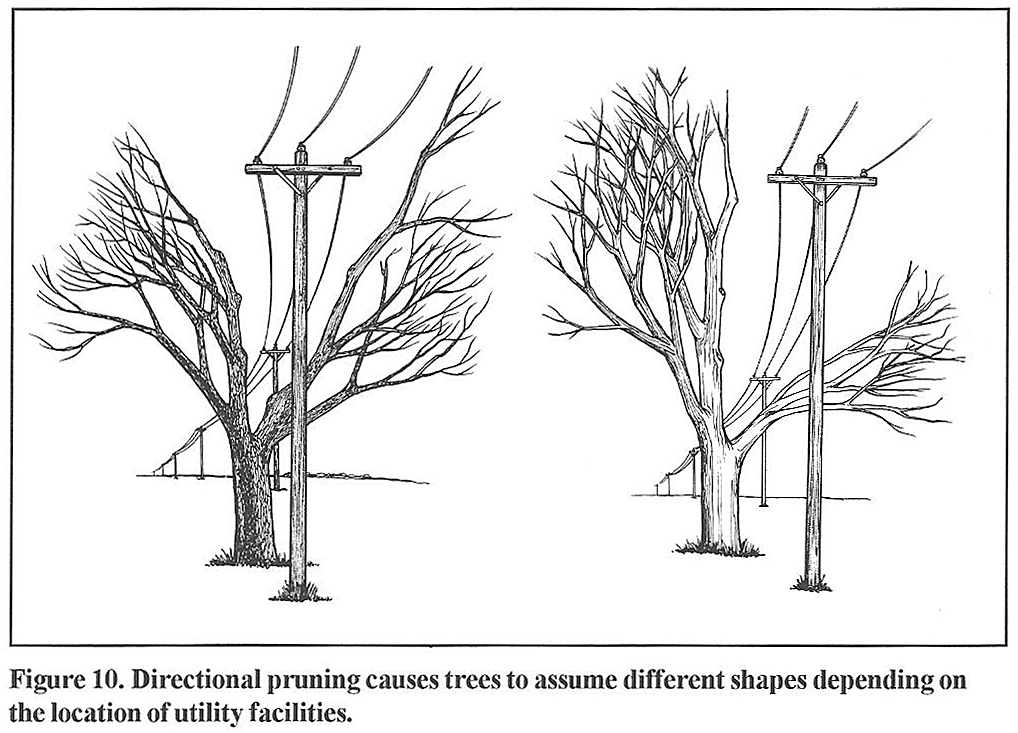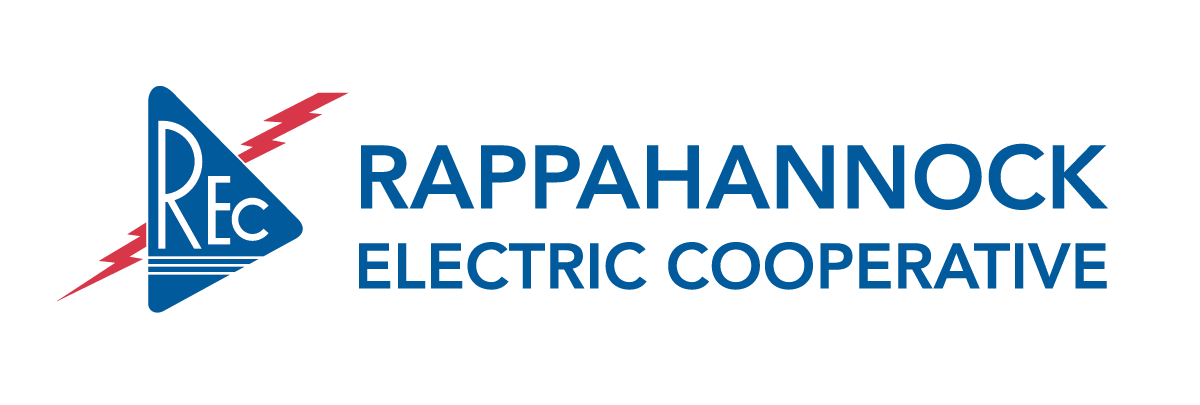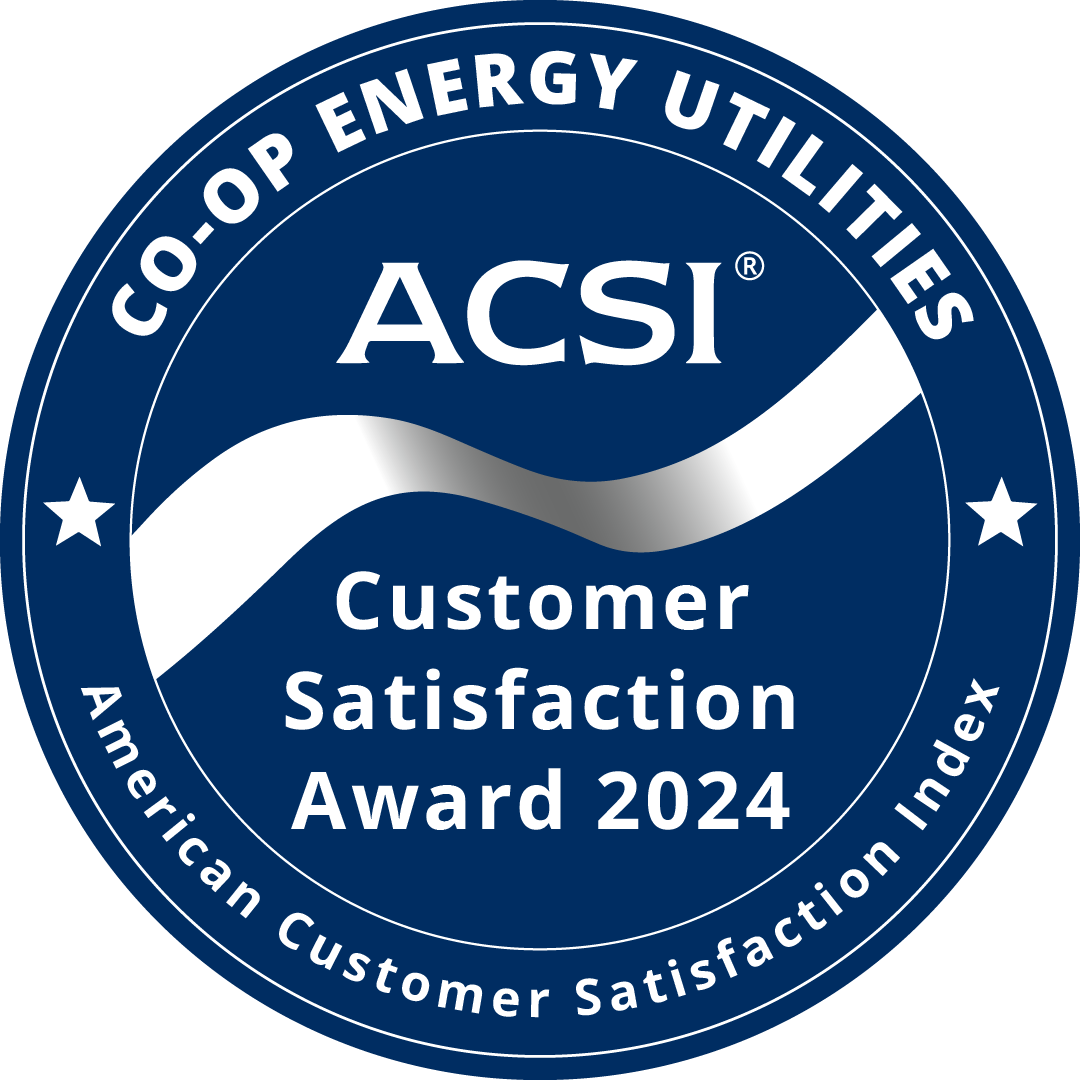REC's tree pruning practices conform to the procedures set forth by the American National Standards Institute (ANSI) in its publication "Tree, Shrub, and Other Woody Plant Maintenance - Standard Practices (ANSI A300)" These standards require the use of "directional" and "natural pruning" methods (endorsed by the Tree Care Industry Association, the National Arbor Day Foundation, and the International Society of Arboriculture). Natural pruning is the practice of pruning branches back to a natural point of growth in the crown of the tree. Natural pruning is healthier than tree topping, which is the indiscriminate cutting back of tree branches to reduce the size of the tree crown. Although topping generally leaves the tree with a more balanced appearance, the International Society of Arboriculture calls topping "perhaps the most harmful pruning practice known." Topping stresses trees, makes them more vulnerable to insects and disease and leads to decay. By planting trees and shrubs away from power lines, you can reduce the need for pruning.

Directional Pruning
- Removes only those branches that conflict with the power lines.
- Instead of cutting the limbs back to unnatural stubs, branches are pruned back to the trunk or parent branch where trees normally shed them.
- Numerous characteristics, such as species, growth rate, proximity to our facilities and the voltage and construction of the line, are considered when pruning trees near our overhead lines.
- We prune trees to keep them from impacting our lines for five years, so the distance from the tree to our conductor after pruning varies from about four feet for slow-growing species (e.g., dogwood, magnolia, spruce) to over 15 feet for fast-growing species (e.g., maple, sycamore, poplar).
V-pruning and side pruning are the two main variations of directional pruning. Trees may look considerably different after directional pruning, but the visual impact of utility pruning will be softened as the tree responds with new growth.
Small branches are either chipped or left to naturally decay, depending upon the location of the overhead right of way and surrounding conditions. Chipping of branches is often completed by a separate crew, usually within a day or two following the pruning work. Large wood is left on site for the property owner's use. Debris resulting from storm damage is not removed during emergency restoration work and is the responsibility of the landowner.


